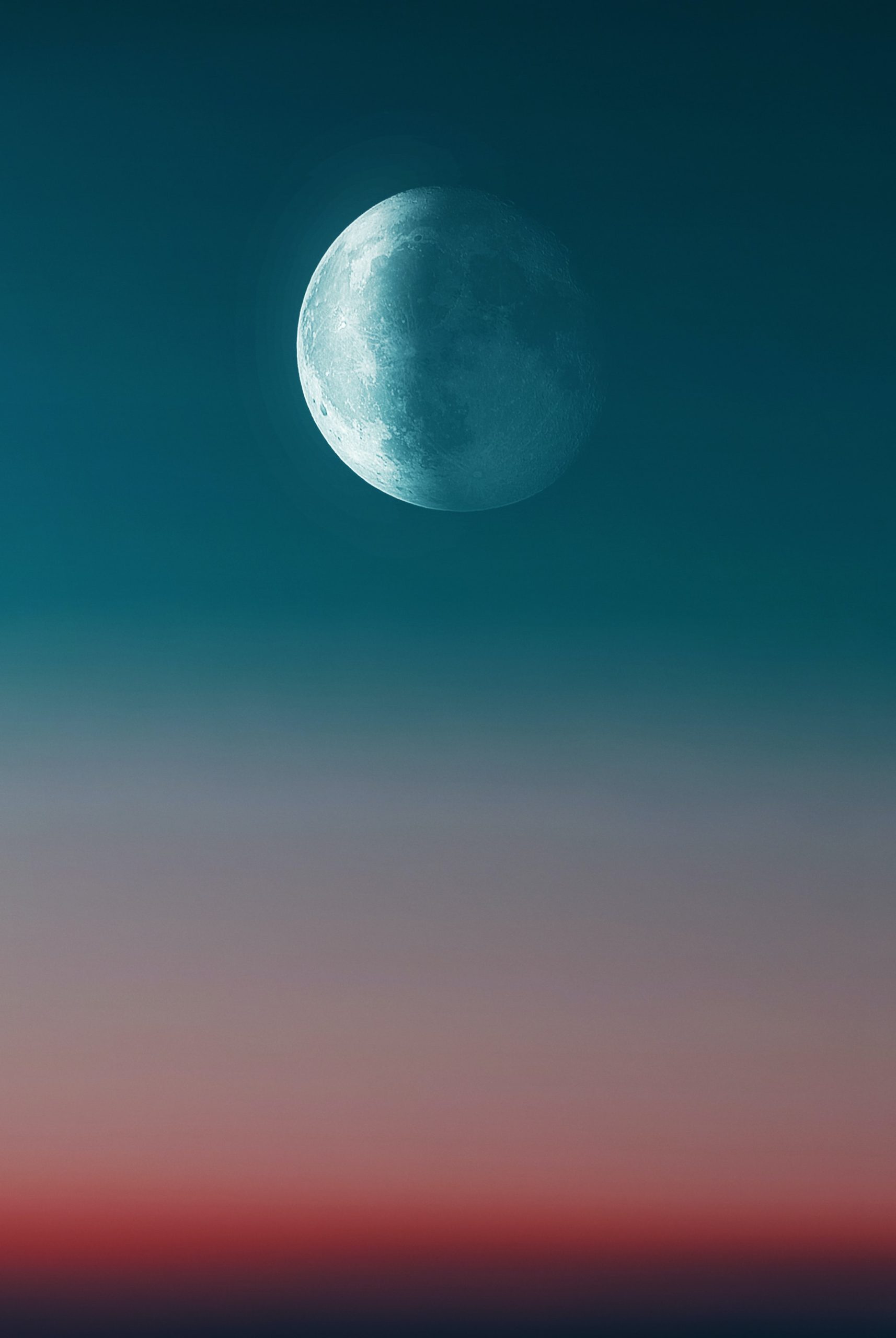Moon Phases for Beginners: A Comprehensive Guide
The moon has been a source of fascination and wonder for humans since ancient times. Its ever-changing appearance has captivated poets, artists, and scientists alike. As a beginner, understanding the different phases of the moon can help you appreciate its beauty and gain insights into celestial happenings. In this guide, we will walk you through each moon phase and explain its significance.
The Basics: What Causes Moon Phases?
Before delving into specific moon phases, it’s important to understand the science behind them. The moon orbits around the Earth, and as it does, sunlight illuminates different portions of its surface. This illumination leads to the various phases of the moon that we observe from Earth.
The moon’s phases are a result of its position relative to the sun and Earth. When the moon is directly between the sun and Earth, we witness a New Moon. As it moves along its orbit, different amounts of its illuminated side become visible, leading to other phases such as Full Moon, First Quarter, and Last Quarter.
The 8 Moon Phases Explained:
1. New Moon
During a New Moon, the moon appears completely dark as the side facing the Earth is not lit by sunlight. This phase marks the start of a new lunar cycle and is an excellent time for stargazing, as the dark sky allows for better visibility of stars and other celestial objects.
2. Waxing Crescent
As the moon starts moving away from the New Moon phase, a tiny sliver of illumination becomes visible. This phase is known as the Waxing Crescent. The term “waxing” signifies the increasing illumination of the moon during this period.
3. First Quarter
When half of the moon’s surface is visible from Earth, it is referred to as the First Quarter. Despite its name, this phase occurs when the moon is only 1/4th of the way through its lunar cycle. During the First Quarter, you can observe a perfect half-moon shape in the sky.
4. Waxing Gibbous
Continuing its journey along the lunar cycle, the moon enters the Waxing Gibbous phase. At this point, more than half of the moon is illuminated, and its size keeps increasing every night. In this phase, the moon appears larger and brighter than during the Waxing Crescent phase.
5. Full Moon
Undoubtedly the most famous and captivating phase, the Full Moon occurs when the moon is positioned opposite the sun, fully illuminating its surface as observed from Earth. The Full Moon is a mesmerizing sight, and its brightness often obscures fainter celestial objects. Many cultures celebrate the Full Moon with dances and festivals.
6. Waning Gibbous
As the moon begins its journey back towards the New Moon phase, it enters the Waning Gibbous phase. Similar to the Waxing Gibbous phase, the Waning Gibbous reveals more than half of the moon’s surface; however, now its illumination begins to decrease.
7. Last Quarter
When the moon is again half-lit but gradually diminishing in size, it enters the Last Quarter phase. It marks the beginning of the moon’s transition back to a New Moon. The Last Quarter is another excellent time for stargazing, as the diminishing light allows for clear views of the night sky.
8. Waning Crescent
Finally, the moon reaches its last phase before returning to the New Moon – the Waning Crescent. This phase only reveals a tiny sliver of illuminated moon, signaling the imminent arrival of another New Moon.
Using Moon Phases to Enhance Your Experience
Understanding moon phases can enhance your stargazing, gardening, and even fishing experiences. Here are a few practical tips to make the most of each phase:
1. Stargazing
New Moon and Full Moon phases are most popular among stargazers. During the New Moon, the absence of moonlight allows for better visibility of faint stars and distant galaxies. On the other hand, the Full Moon’s brightness can hinder visibility, making it a great time to observe the moon’s surface with a telescope.
2. Gardening
Believe it or not, moon phases can influence plant growth. During the Waxing Crescent to Full Moon phases, the moon’s gravitational pull is stronger, which is said to be beneficial for above-the-ground crops. Conversely, during the Waning Gibbous to New Moon phases, the moon’s gravitational pull is weaker, making it an ideal period for working on below-the-ground crops.
3. Fishing
Experienced anglers often swear by moon phases for successful fishing expeditions. The combination of moonrise and moonset times with the tide can influence fish behavior. During Full Moon and New Moon phases, when tides are typically higher, fish activity may increase.
Conclusion
Moon phases add an extra dimension to stargazing, gardening, and fishing activities. By understanding the different moon phases and their significance, beginners can deepen their appreciation for the celestial wonders occurring above. Remember, the moon’s ever-changing appearance offers a lifetime of exploration and enjoyment. So, embrace your curiosity and keep observing the skies!
Table of Contents
